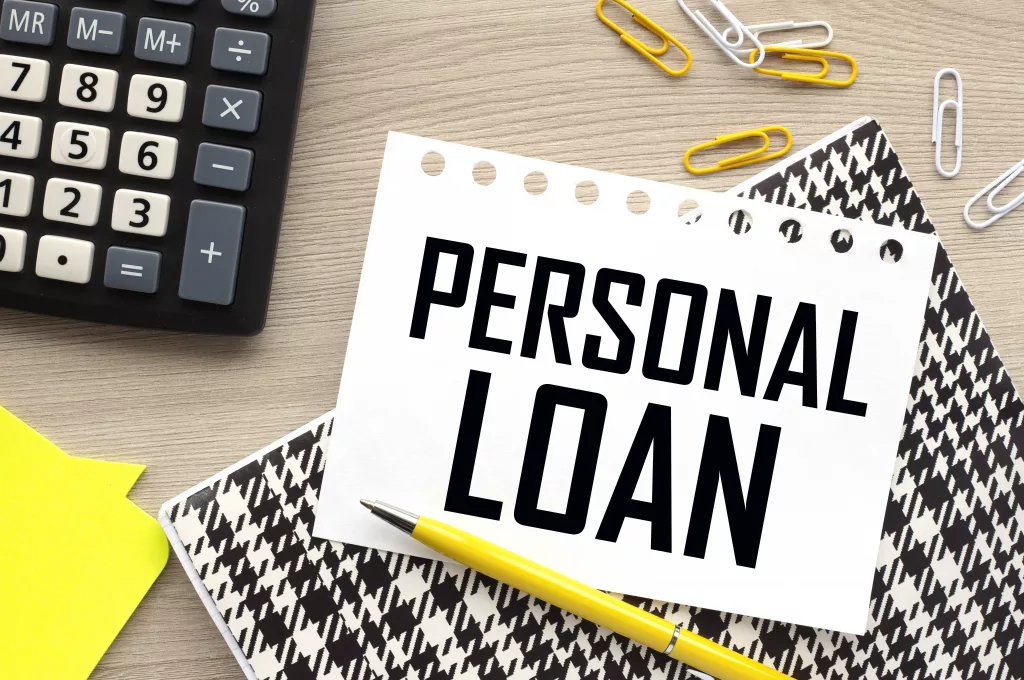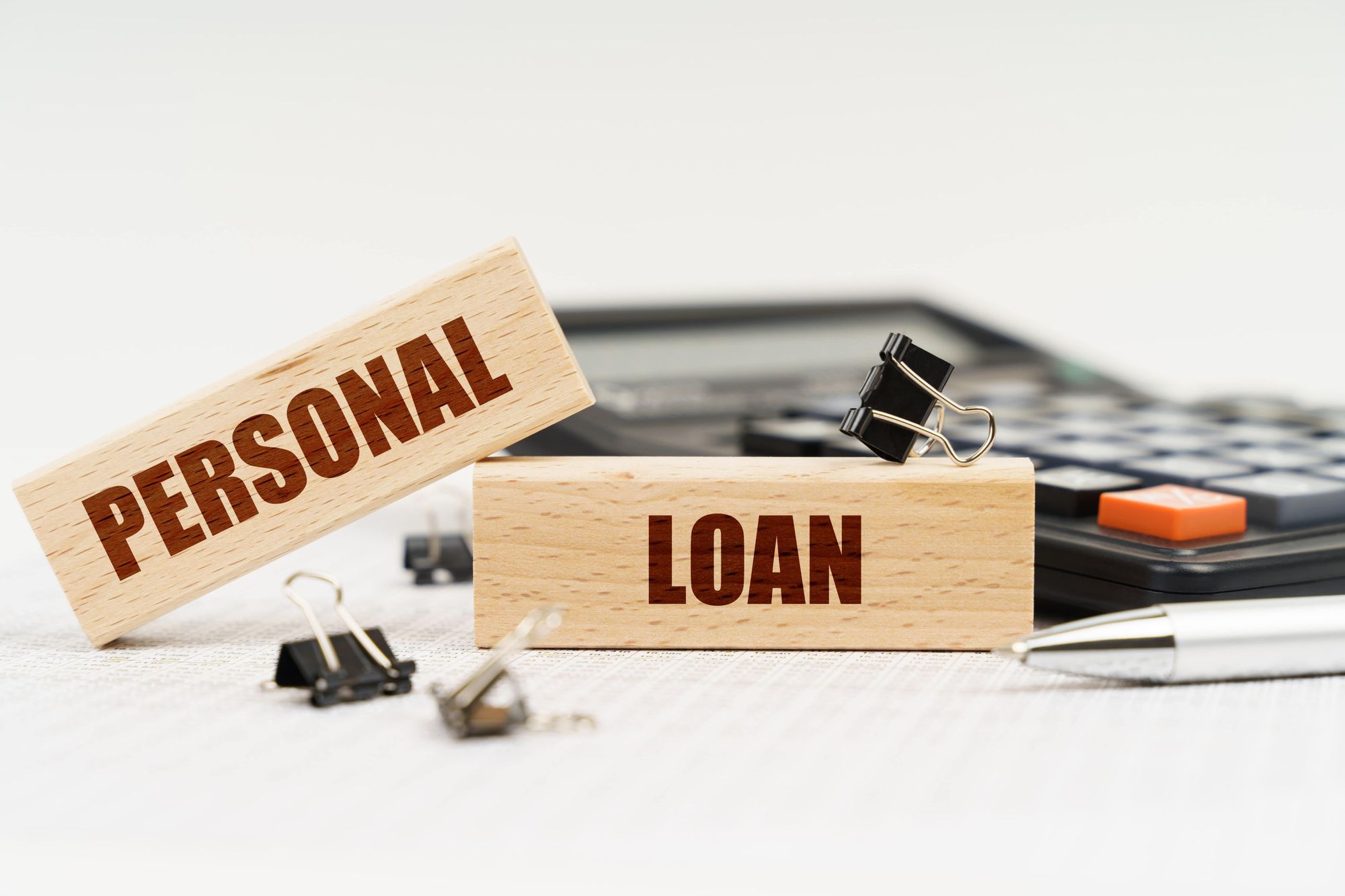Applying for a personal loan can feel overwhelming, especially if you’re doing it for the first time. Whether you need funds for a medical emergency, home renovation, education, or debt consolidation, understanding the application process is critical. This guide will break it down into 5 easy steps to help you navigate the process smoothly.
Introduction

A personal loan is an unsecured loan that allows individuals to borrow money for various purposes, such as consolidating debt or making a big purchase. Since it does not require collateral, the approval is largely based on your creditworthiness, income, and repayment ability. Understanding how to approach this process will make your borrowing experience faster and more stress-free.
Step 1: Assess Your Financial Situation
Why This Is Important
Before applying for a loan, take a good look at your financial health. Understanding your income, expenses, debt-to-income ratio, and future obligations helps you determine how much you can realistically afford to borrow.
Checklist:
-
Current income sources
-
Monthly expenses
-
Existing debts
-
Emergency funds
-
Financial goals
Pro Tip:
Try to keep your debt-to-income ratio below 40% to improve approval chances.
Step 2: Check Your Credit Score
Understanding Your Score
Your credit score plays a key role in the approval process and the interest rate you’re offered. Scores typically range from 300 to 850.
| Credit Score Range | Rating | Approval Likelihood |
|---|---|---|
| 750 – 850 | Excellent | Very High |
| 700 – 749 | Good | High |
| 650 – 699 | Fair | Moderate |
| 600 – 649 | Poor | Low |
| Below 600 | Very Poor | Very Low |
How to Check
You can check your credit report through:
-
CIBIL, Equifax, Experian (India)
-
AnnualCreditReport.com (USA)
-
Credit bureaus in your country
How to Improve It
-
Pay your bills on time
-
Reduce outstanding debts
-
Avoid multiple credit inquiries
Step 3: Compare Lenders and Loan Offers
What to Compare
Different lenders offer different terms. Shopping around can help you secure a loan with the best rates and repayment conditions.
Comparison Criteria:
-
Interest rate (fixed vs variable)
-
Processing fees and hidden charges
-
Loan term (short vs long)
-
Prepayment and foreclosure conditions
-
Customer support & reviews
Types of Lenders
-
Traditional banks
-
NBFCs (Non-Banking Financial Companies)
-
Online lenders
-
Credit unions (in some countries)
Use Loan Aggregators
Platforms like BankBazaar, LendingTree, and Credible allow you to compare multiple offers quickly.
Step 4: Gather Necessary Documentation

Commonly Required Documents
Ensure all paperwork is accurate and updated to avoid processing delays.
| Document Type | Examples |
|---|---|
| Identity Proof | PAN Card, Aadhaar Card, Passport |
| Address Proof | Utility bills, Rent Agreement, Aadhaar |
| Income Proof | Salary slips, IT Returns, Bank Statements |
| Employment Proof | Offer Letter, Employee ID, HR Letter |
| Passport-sized photos | Recent photos as per application |
Tips:
-
Ensure your bank statements reflect salary credits and low overdrafts.
-
Keep digital copies ready for online applications.
Step 5: Submit Your Application and Await Approval

Application Options
-
Online: Convenient and fast, requires scanned documents.
-
Offline: Visit bank branches, more suitable for complex queries.
What Happens Next
-
Verification of documents
-
Credit score and income review
-
Loan sanction or rejection
-
Disbursal to your bank account
Time Frame
-
Online: Within 24–72 hours
-
Offline: 3–7 business days
Also Read :
Conclusion
Applying for a personal loan doesn’t have to be complicated. By following these 5 easy steps — assessing your finances, checking your credit, comparing offers, preparing documentation, and applying — you can increase your chances of approval and secure better terms. Remember, a personal loan is a financial responsibility. Borrow wisely, repay promptly, and use the loan for productive purposes.
FAQs
Q1. What is the minimum credit score required for a personal loan?
Most lenders require a credit score of at least 650, but higher scores improve your chances and lower interest rates.
Q2. Can I apply for a loan if I’m self-employed?
Yes. Self-employed applicants need to provide IT returns, business proof, and bank statements.
Q3. How much personal loan can I get on my salary?
It varies, but most banks allow a loan amount up to 20 times your monthly salary, subject to your debt-to-income ratio.
Q4. How fast is the disbursal process?
Online loans can be disbursed within 24–48 hours, especially from NBFCs and fintech platforms.
Q5. Is it better to apply online or offline?
Online is faster and more convenient, but offline offers personalized service, especially for first-time borrowers.
Q6. Will checking multiple lenders hurt my credit score?
Hard inquiries can impact your score, so use loan comparison platforms that use soft inquiries.
Q7. Can I prepay a personal loan early?
Yes, but check for prepayment or foreclosure charges, which vary by lender.
Q8. Is there an age limit to apply for a personal loan?
Typically, you must be between 21 and 60 years old, depending on the lender’s criteria.
Q9. What happens if I default on my loan?
Defaults severely impact your credit score and may lead to legal consequences.
Q10. Can I apply without a salary slip?
Yes, with bank statements, Form 16, or IT returns if you’re self-employed or work freelance.
